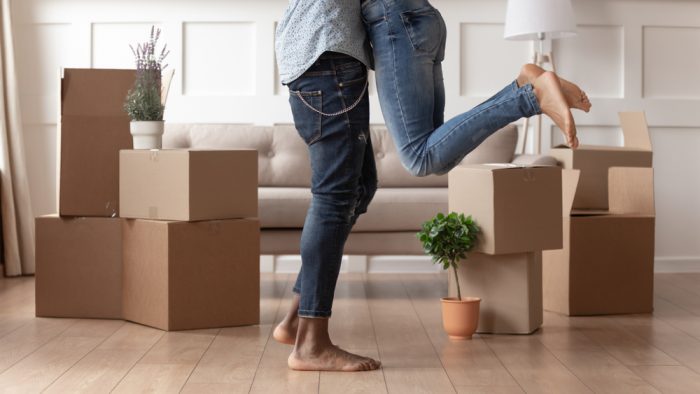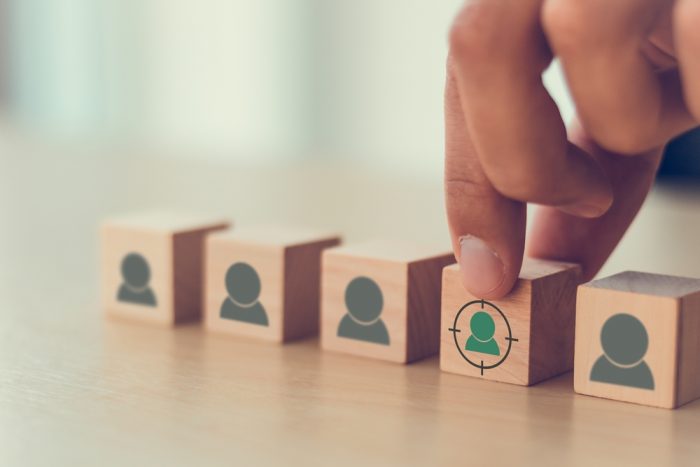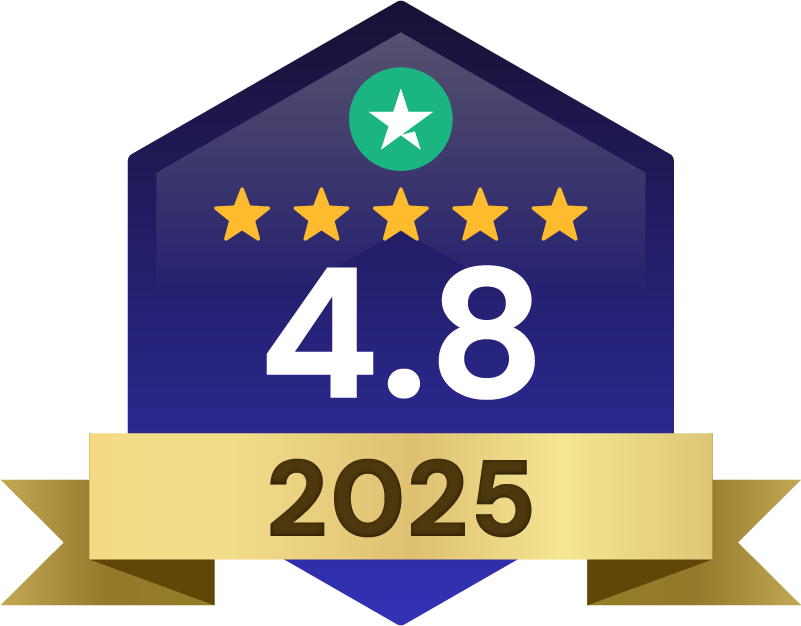Learn how to use real estate client personas to understand your target audience, edit your marketing strategies, and increase client engagement. These tips will revolutionize your approach to marketing strategy and convert leads effectively.
Lead Generation
Do you know what sets companies like Apple apart from the rest in their sector? They understand who their clients are and know how to target them like no other using client personas. Your goal should follow suit: to use client personas to understand what your real estate buyers/sellers need, why and how they are making purchase decisions, and the best way to approach them with your offering.
What is a Client Persona?
A persona is an archetype of a person you create to represent your typical clientele. Client personas make it easy to divide your customers into groups of representatives by persona. For example, if the majority of your clients are military families with young kids, you may create a persona for the family, called, “The Johnstons”. Then, develop your marketing strategy as if you are making it especially for “The Johnstons”.
Knowing exactly who you are targeting makes it easier to say the right thing. You’ll know how to pitch these groups with new listings and create content that attracts their attention. These personas should be at the core of marketing content and campaign strategy.
Within each real estate niche, there are multiple client personas. If you work in more than one real estate niche, you’ll likely have more client personas to lay out.
Why Develop Client Personas?
It will be incredibly difficult to connect with your audience if you don’t truly know who they are. Home buying is deeply personal – and expensive. To produce the best results for your client, you should understand them in and out.
Rather than building a marketing plan and hoping clients will show up, personas provide a solid framework to form a tangible strategy for success.
Home buyers and sellers are constantly inundated by ads, so you’ll need to be specific to get to your target personas. Realistically, you can’t target every audience effectively anyway, so if you know where your target audience hangs out, it only makes sense to focus there. Your client personas are the ones on the other end of your marketing materials, making the real money-making decisions.
According to JustCoded.com, “A website/platform built that reflects user pains is 2-5 times more effective and handy.”
A real estate website tailored to your ideal clients helps you to:
- Understand your core market on a deeper level
- Attract more promising leads
- Enhance the quality and efficacy of your services
- Develop a tight and identifiable brand presence
- Cut down on wasted marketing budget by connecting with mainly hot leads
- Forecast future issues with particular clientele
If you don’t take the time to identify your client personas, you may end up wasting marketing funds on irrelevant targets. Plus, your messages will be far less likely to land if your target audience is scattered.

Typical Real Estate Buyer Personas:
First-Time Home Buyers: First time buyers are usually young adults in their 20s and 30s who are making the jump from renting to buying for the first time. These clients may be single, or if they are in a couple, they likely don’t have any kids yet. For these starters, a new home is probably the biggest purchase they’ve made in their lives thus far. Many young people prefer to live close to the city where all the action is happening. The only obstacle is affording a home in a city that will also offer the lifestyle they desire. Luckily for young workers nowadays, work-from-home opportunities means that they don’t have to factor in the commute to work in their real estate purchasing decisions.
Move-Up Home Buyers: These buyers have experience owning a home and are likely older with families or the plan to start a family in the near future. They are focused on upgrading their lifestyle and are likely looking for more space and a better neighborhood. They may also emphasize the importance of school districts and public transit, and outdoor activities. outdoor space.
Senior Home Buyers and Retirees: These buyers have moved into the next phases of real estate ownership and may be looking for their final home. Older buyers typically have children that have moved away and are focused on life after retirement. Senior and retirees are also typically more concerned with amenities and functionality over having a large space that can be difficult to take care of. This group often prefers a quiet area where they can gather with neighbors and other people their age.
How to Create Client Personas
You’ll want to create a few personas that reflect your diverse client group. Start by reviewing your past and current clients. Make sure to select clients who have made it through your lead funnels, been referrals, had a wide range of challenges – the point is to have enough variety to cover all of your bases.
Think to yourself: If I were my own persona, which type of helpful data would attract me (guides, infographics, PPTs, videos, etc)?
Of course, remember that as an agent you have at least two sets of personas: buyers and sellers. You can not put them all in the same persona.
Next, get specific with each persona. Real estate clients have a number of qualities and factors affecting their buying decisions. Nail each persona down to the minuscule detail. Hone in on what makes each persona unique and distinct from the others. This means detailing:
- Age
- Sociodemographic profile
- Family status
- Lifestyle
- Personal interests
- Career
- Online habits
- Generation
- Strong dislikes
- Channels through which they found your business and interact with you
In some cases, you may have to do some outreach. Consider sending an email to your chattiest and most receptive clients to politely ask them about themselves. Emphasize that you are aiming to learn more about your clients to improve your service. It may be easiest for you and your clients if you create an easy-to-complete Google Survey.
Define Their Needs and Goals
To make strong content you have to start with what your clients want to know, not just what you would like to share. What are they looking for and why? Is it a comfortable, temporary home away from home? A place to settle down as a family for the first time?
Pin-point their Challenges
Identify and isolate the main challenges and buying/selling obstacles of each client persona so that you can develop the right relevant messages. Using the survey and past communication with clients, draw from these prior experiences to frame the hurdles that they faced in the process of your prior dealing with them. Then, provides solutions to those challenges through your content and service.
Generate Marketing Content that Speaks their Language
Now that you know who you’re speaking to, brainstorm the types of content those personas would actually like. With every piece of media content, you should have your client personas in mind. Ask yourself how they would interact with your post? Would they be motivated to take action based on your newsletter? Take a step in their shoes to make sure your marketing campaigns are effective.
The voice and tone of your content should be determined by what your clients are searching for and the styles of content they most respond to.

Keep Your Client Personas Current
As our culture, real estate market, and businesses change, so will your target clients. Make sure to regularly examining your clients personas to make sure they reflect the current clients you are trying to target.
Go the Extra Mile
Sketch a brief story describing this person’s place in life and perhaps what led them there. What does a typical day look like for this person? Describe itheir current living situation (i.e. home type and location). What are their short-term and long-term goals? Thier value? How do they make purchasing decisions?
What to Avoid While Developing Client Personas
A mistake we often see with buyer personas is placing too much focus on generic customer characteristics and little focus on the actual challenges, goals, and factors that influence the person’s buying decisions. Getting into detail and modeling the most thorough client persona possible will benefit you significantly in the long run.
Wrapping Up…
Client person as are not optional tools to incorporate into your marketing. They are the foundation of a successful marketing campaign that connects with your target audience.






